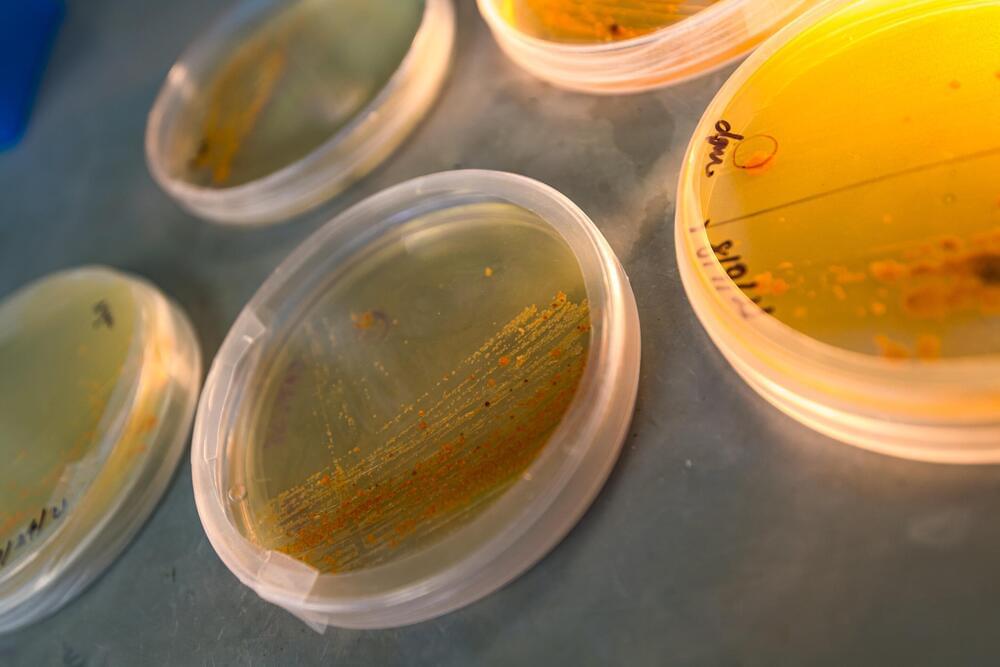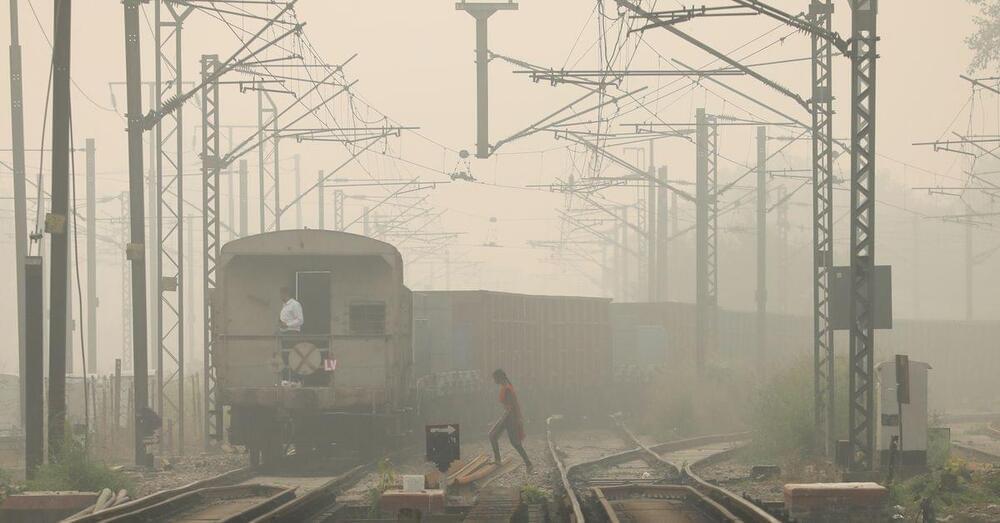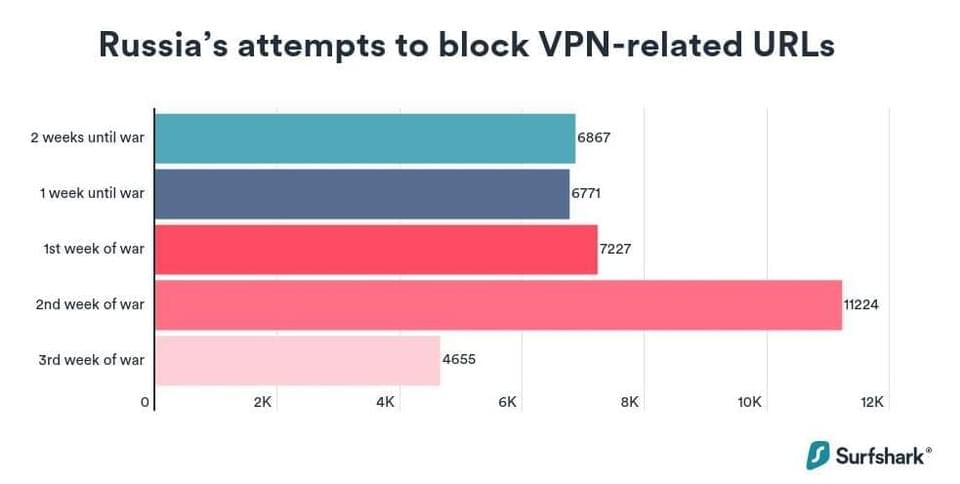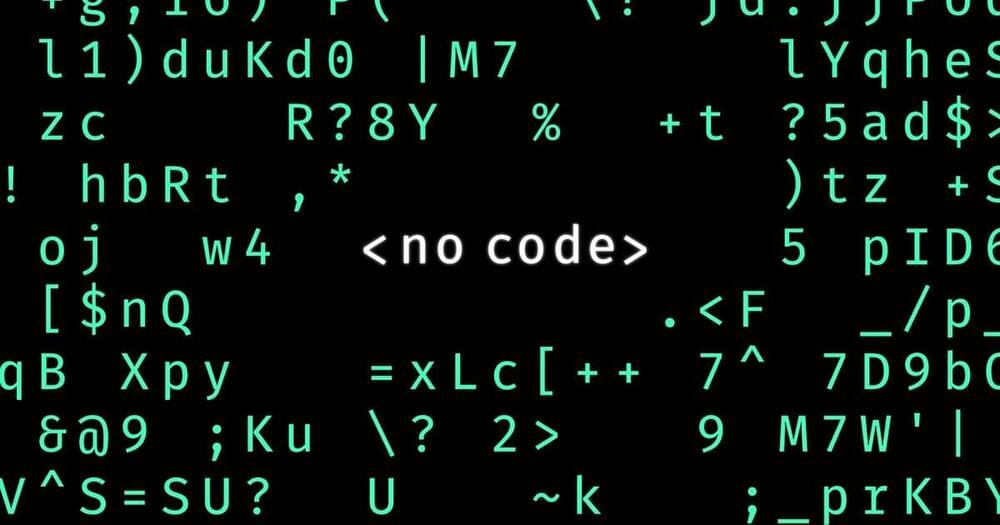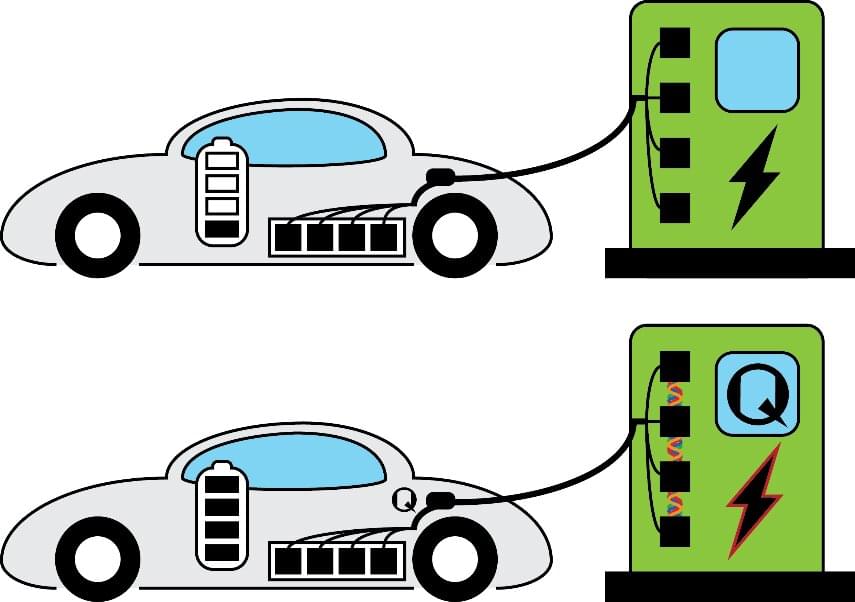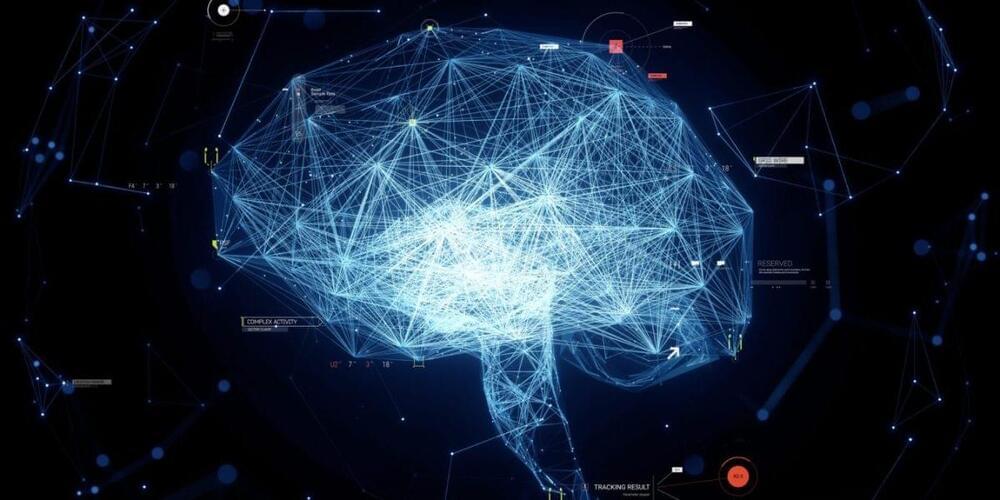Biomedical Interventions For Substantial Global Health Concerns — Dr. Emilio Emini, Ph.D., CEO, Bill & Melinda Gates Medical Research Institute
Dr. Emilio A. Emini, Ph.D. is the CEO of the Bill & Melinda Gates Medical Research Institute (https://www.gatesmri.org/), a non-profit organization dedicated to the development and effective use of novel biomedical interventions addressing substantial global health concerns, for which investment incentives are limited, and he leads the Institute’s research and development of novel products and interventions for diseases disproportionately impacting the world’s most vulnerable populations.
Before joining the Gates MRI, Dr. Emini served as director of the HIV and Tuberculosis program at the Bill & Melinda Gates Foundation, where he led the foundation’s efforts focused on accelerating the reduction in the incidence of HIV and TB in high-burden geographies, with the goal of achieving sustained epidemic control.
Over the course of his previous 30-year career in the bio-pharmaceutical industry, Dr. Emini led teams involved in the research and development of novel anti-infectives and vaccines. From 1983 to 2004, he led research at the Merck Research Laboratories involved in the development of one of the first highly active anti-retroviral therapies for HIV and, as senior vice president of vaccine research, the successful development of a number of vaccines including vaccines for human papillomavirus and rotavirus.
Dr. Emini later served as senior vice president of vaccine development at the International AIDS Vaccine Initiative. From 2005 to 2015, he was senior vice president of vaccine R&D at Pfizer Inc., leading the development of Prevnar 13® for prevention of pneumococcal disease.
